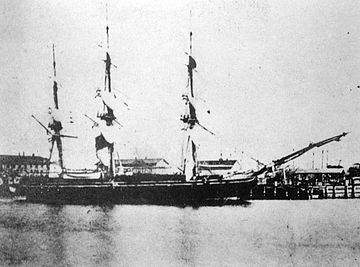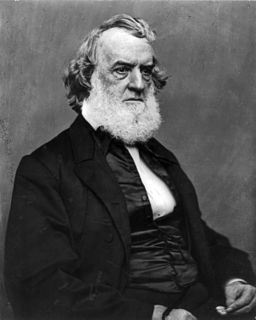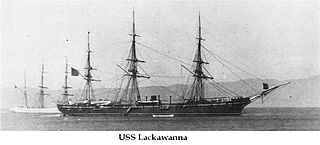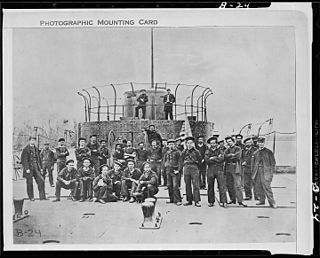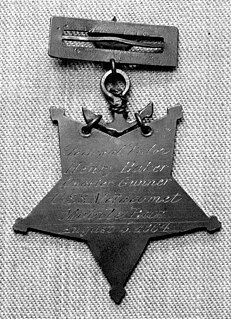John Ortega | |
|---|---|
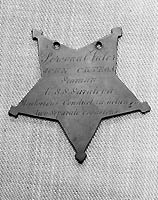 Reverse of the "Medal of Honor" awarded to U.S. Navy Seaman John Ortega, who was the first Hispanic sailor to be awarded the United States' highest military decoration for valor in combat. He distinguished himself, during the South Atlantic Blockade, by the Union Naval forces, during the American Civil War. | |
| Birth name | Juan Ortega |
| Born | 1840 Spain |
| Allegiance | |
| Service/ | Union Navy |
| Years of service | 1863 - 1865 |
| Rank | Master's Mate |
| Unit | USS Saratoga |
| Battles/wars | |
| Awards | |
John (Juan) Ortega (born in 1840), was the first Hispanic sailor to be awarded the United States' highest military decoration for valor in combat — the Medal of Honor. He distinguished himself, during the South Atlantic Blockade, by the Union Naval forces, during the American Civil War.

Spain, officially the Kingdom of Spain, is a country mostly located in Europe. Its continental European territory is situated on the Iberian Peninsula. Its territory also includes two archipelagoes: the Canary Islands off the coast of Africa, and the Balearic Islands in the Mediterranean Sea. The African enclaves of Ceuta, Melilla, and Peñón de Vélez de la Gomera make Spain the only European country to have a physical border with an African country (Morocco). Several small islands in the Alboran Sea are also part of Spanish territory. The country's mainland is bordered to the south and east by the Mediterranean Sea except for a small land boundary with Gibraltar; to the north and northeast by France, Andorra, and the Bay of Biscay; and to the west and northwest by Portugal and the Atlantic Ocean.

The Medal of Honor is the United States of America's highest and most prestigious personal military decoration that may be awarded to recognize U.S. military service members who have distinguished themselves by acts of valor. The medal is normally awarded by the President of the United States in the name of the U.S. Congress. Because the medal is presented "in the name of Congress", it is often referred to informally as the "Congressional Medal of Honor". However, the official name of the current award is "Medal of Honor." Within the United States Code the medal is referred to as the "Medal of Honor", and less frequently as "Congressional Medal of Honor". U.S. awards, including the Medal of Honor, do not have post-nominal titles, and while there is no official abbreviation, the most common abbreviations are "MOH" and "MH".
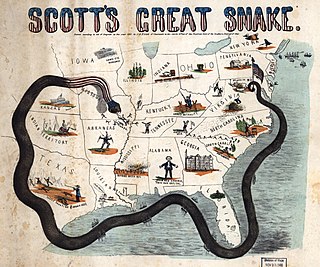
The Union blockade in the American Civil War was a naval strategy by the United States to prevent the Confederacy from trading.




